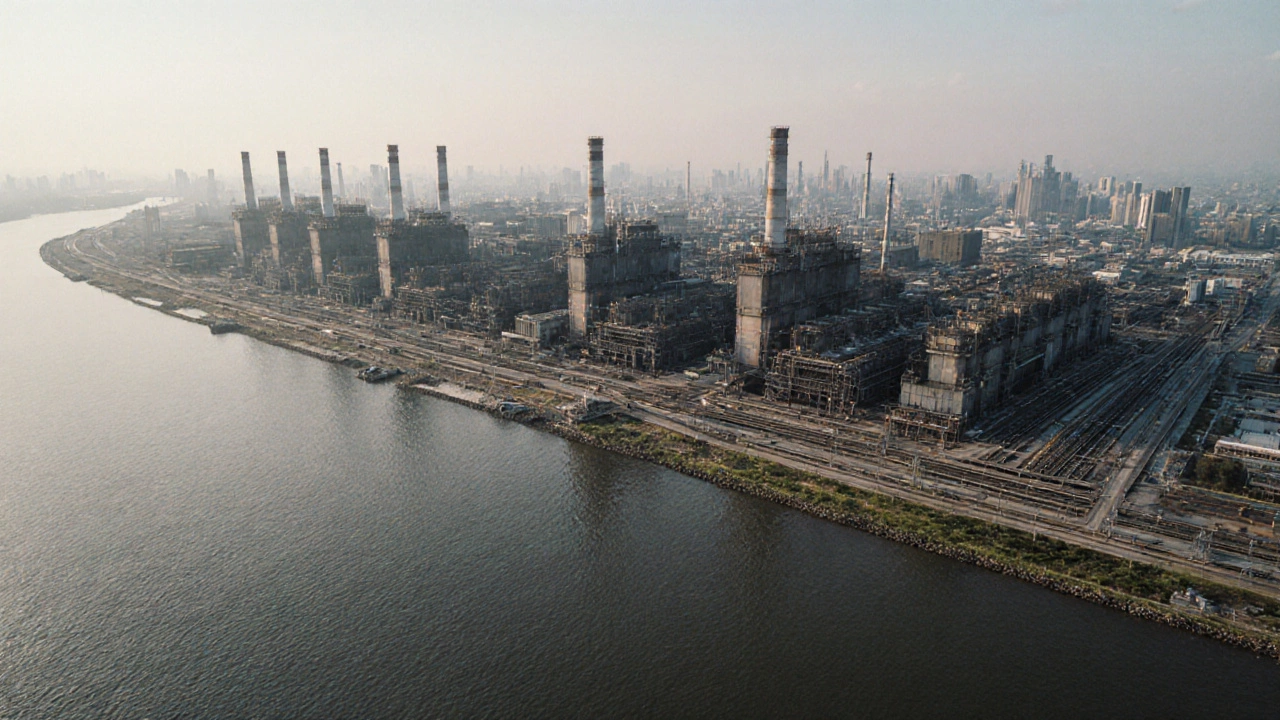Shanghai Baosteel – Overview and Industry Influence
When talking about Shanghai Baosteel, a flagship steelmaker within Baosteel Group known for high‑grade flat and long products. Also called Baosteel Shanghai, it drives a large share of China’s domestic steel output and supplies key sectors like automotive, construction, and energy.
Shanghai Baosteel encompasses steel production that runs on modern blast furnaces, continuous casting lines, and advanced rolling mills. This ties directly to steel production, the process of turning iron ore into usable steel through melting, refining, and shaping, a core activity that powers infrastructure projects worldwide. The company also sits inside the Chinese steel industry, one of the world’s largest producers, accounting for over half of global steel capacity. Because of this scale, shifts at Shanghai Baosteel often ripple through the global steel market, where supply, pricing, and trade policies intersect across continents. In short, the health of Shanghai Baosteel influences global pricing, export flows, and even raw‑material sourcing decisions.
Why Shanghai Baosteel matters for manufacturers
Manufacturers looking to cut costs or boost quality pay close attention to the trends coming out of Shanghai Baosteel. When the plant upgrades its rolling technology, it can lower the price of high‑strength sheet metal, which directly improves profitability for automotive and appliance makers. Conversely, if the company faces regulatory pressure on emissions, you might see tighter supply and higher landed costs – a key factor in the profit‑margin calculations discussed in our article on manufacturing profitability. The plant’s push for digital twins and AI‑driven quality control also sets a benchmark for manufacturing trends that other sectors emulate, from plastics to pharma.
Understanding Shanghai Baosteel’s strategy helps you anticipate where the cheapest manufacturing locations might shift, as shown in our guide to low‑cost countries for 2025. If China’s steel costs rise, firms may consider Vietnam or Bangladesh for certain components, reshaping the global supply chain. Meanwhile, the company’s emphasis on sustainable steel aligns with the growing demand for eco‑friendly materials, a theme we explore in our pieces on chemical demand and plastic recycling.
Below, you’ll find a curated list of articles that dive deeper into these connections – from profit drivers in manufacturing to the latest on global steel trade. Use them to see how Shanghai Baosteel’s moves can affect your bottom line, sourcing decisions, and long‑term strategy.

Where Is the World’s Largest Steel Plant Located?
Discover the location, capacity, and key features of the world's largest steel plant - Shanghai Baosteel Integrated Steel Mill in China.
Read More